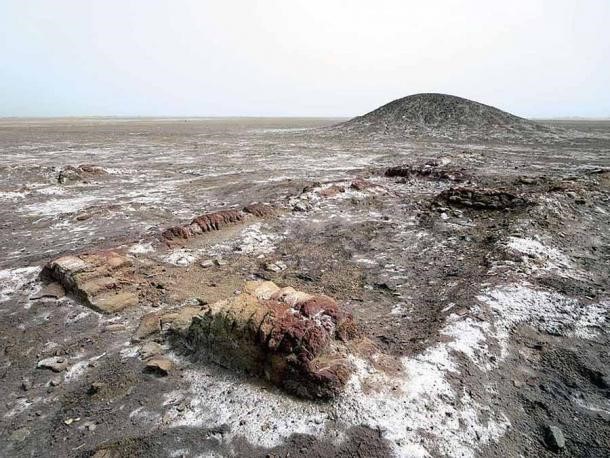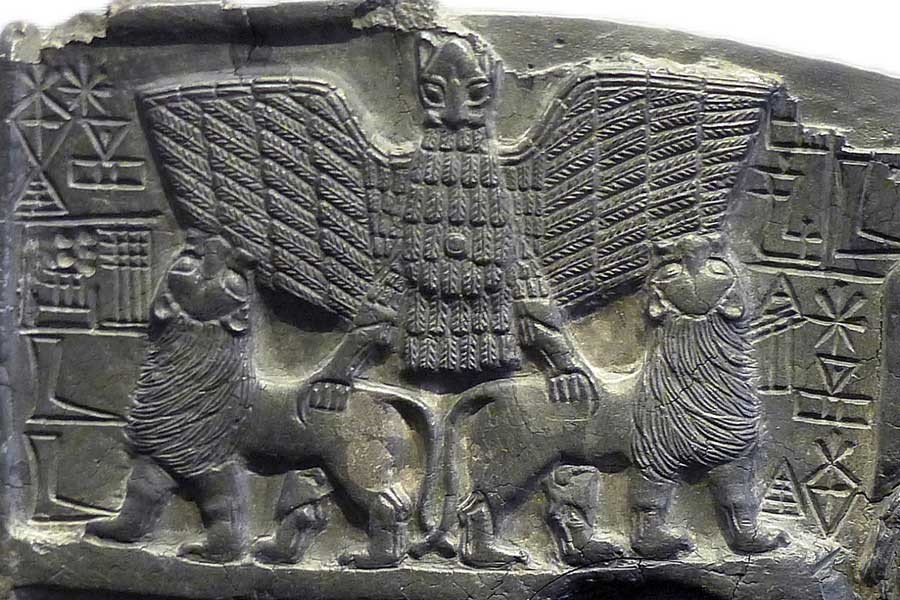
In the historic heart of Mesopotamia, a region cradled by the mighty Tigris and Euphrates rivers, ancient civilizations flourished with remarkable innovations. Sumer, with its pioneering inventions like the early writing system, stood out among them. This civilization was characterized by its distinctive city-states that vied for dominance. Among the most illustrious was Lagash, a beacon of political and economic prowess in Sumerian history. Time may have concealed its grandeur, but what remains is an archaeologist’s treasure trove, revealing glimpses of its opulence and the larger narrative of Sumerian civilization.
Sprawling across 300 hectares, Lagash was no ordinary city-state. It comprised three significant urban centers, each separated by about 20 kilometers. In its prime, it bordered the sea, given the Persian Gulf’s then inland stretch. While its foundation’s exact chronology remains shrouded in mystery, cuneiform inscriptions hail its significance during the 3rd millennium BC. Nestled between the Euphrates and Tigris, in modern-day southeastern Iraq, it is believed that Lagash’s seeds were sown during the Ubaid Period (circa 5200-3500 BC). Even as empires like the Parthians rose and fell, Lagash endured, a testimony to its age-old legacy. Today, its essence is captured in a tell, an archaeological mound, which has spurred extensive excavations.

Mud brick foundations and a ziggurat are among the remains of the 3rd millennium BC Sumerian city state of Lagash (Tell al Hiba) northeast of Nasiriyah, Iraq. (David Stanley / CC BY 2.0 )
The leaders of Lagash, known as ‘lugal’ or kings, saw their domain as a kingdom. Intriguingly, despite its grandeur, it missed a spot in the renowned Sumerian “King List.” However, its influence was undeniable. Lagash surged to prominence between 2450 and 2300 BC, overshadowing rivals like Kish and Uruk, retaining its influence until the Third Dynasty of Ur’s wane.
Not just a political powerhouse, Lagash was a cultural epicenter. Archaeological findings paint a picture of a city rich in artistic flair, housing magnificent temples like the “Temple of Seven Gates” and the E-Ninnu. Dedicated to Enlil, the city’s patron deity, these structures stand testament to its architectural and spiritual significance. One of its crowning achievements was a sophisticated water conservation system, complete with sluice gates and expansive reservoirs.
In essence, Lagash wasn’t just a city; it was a vibrant tapestry of ancient human ingenuity, ambition, and artistry, whose stories continue to enchant and inspire.Read more about Lagash.
Top image: ‘Eagle of Lagash’ symbol found on votive bas relief of Dudu in the Louvre Museum. Source: Louvre Museum / CC BY-SA 2.0






